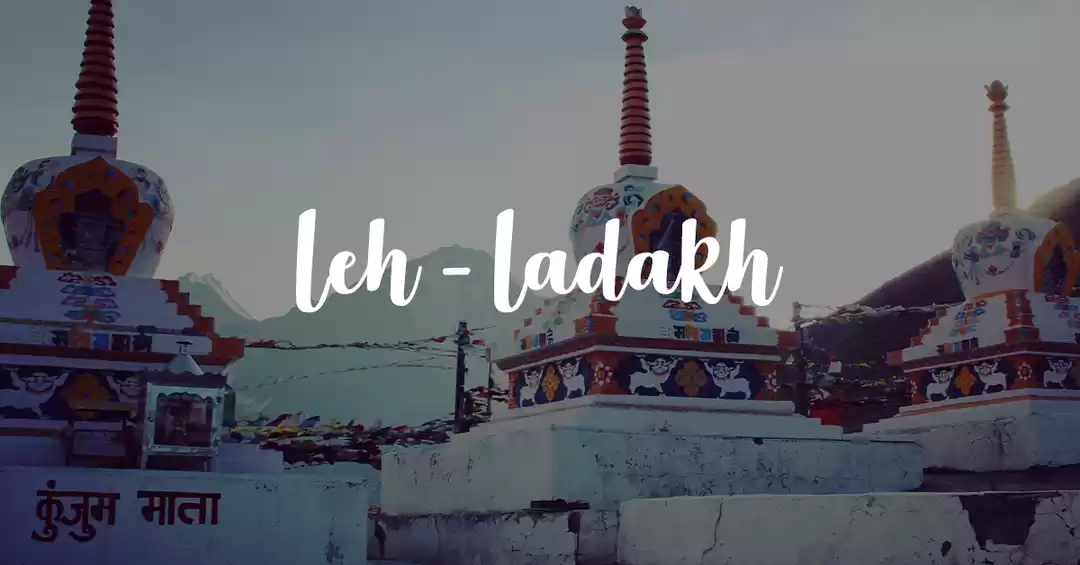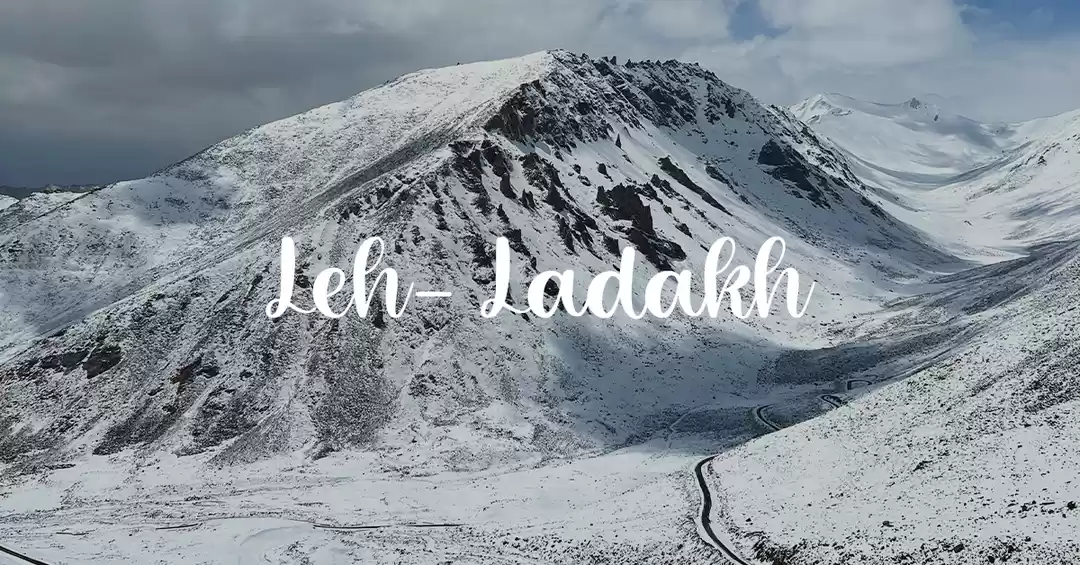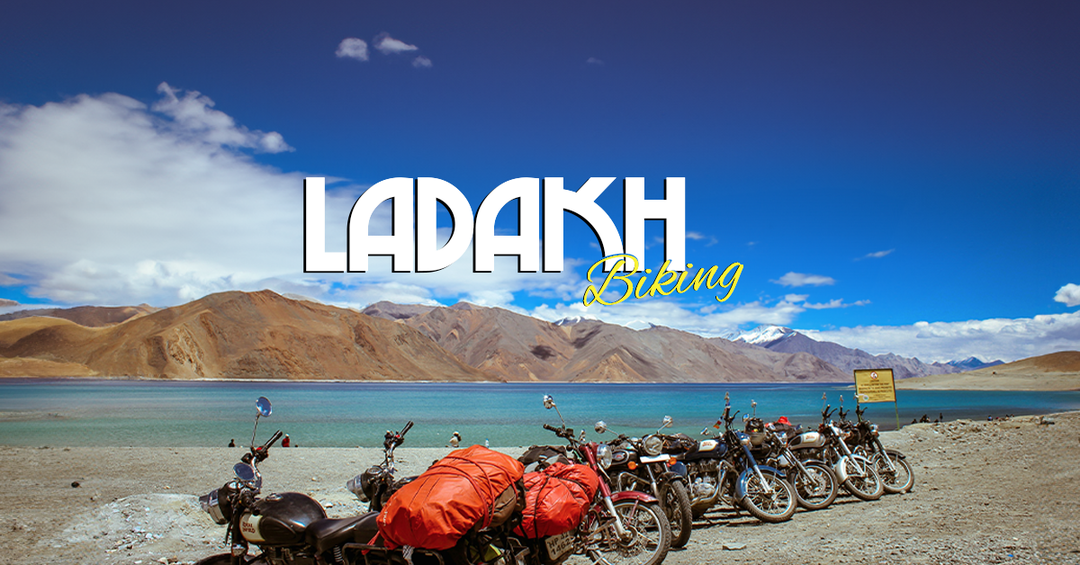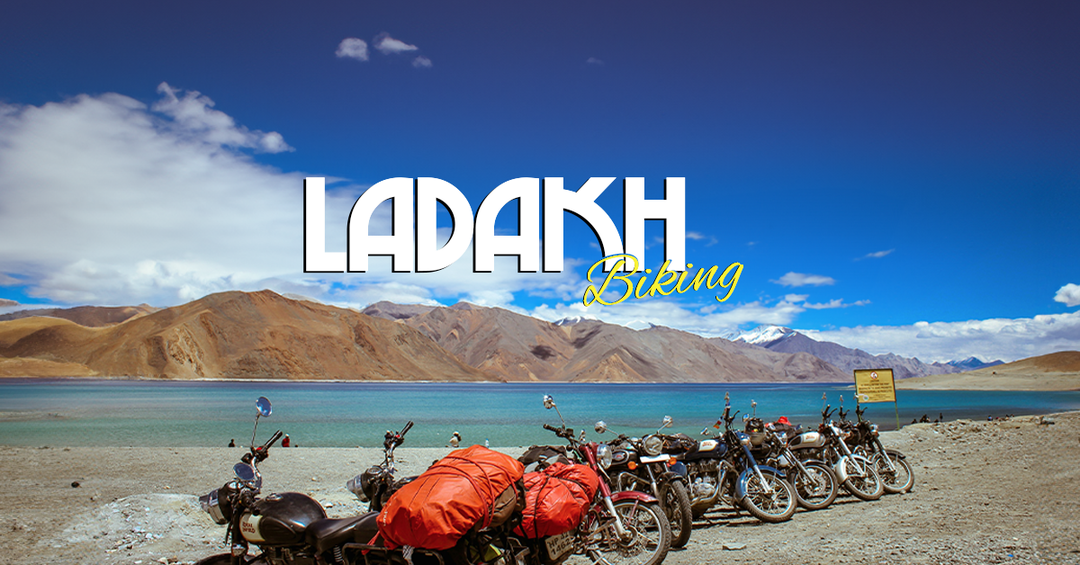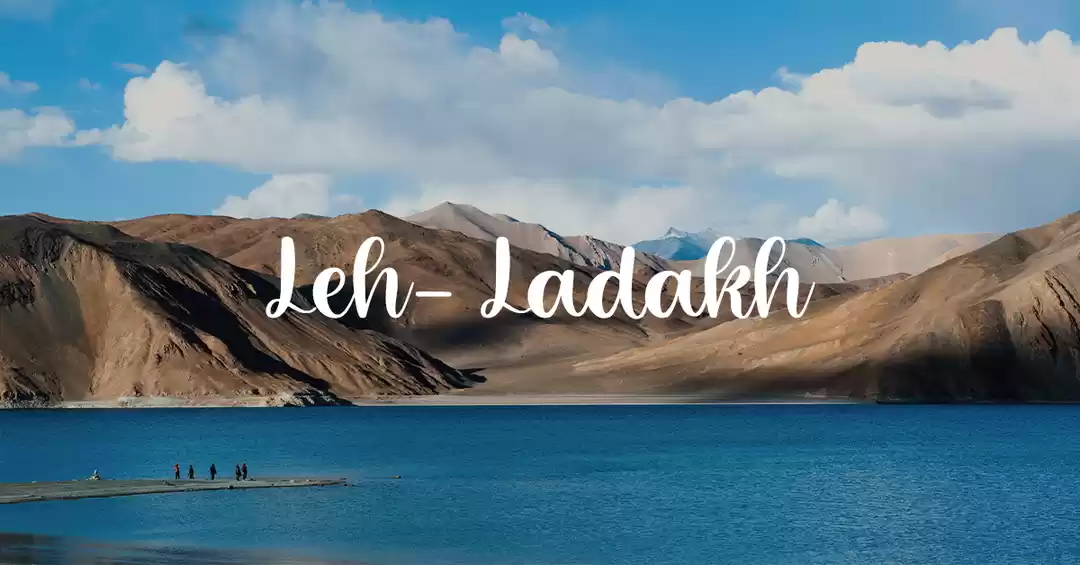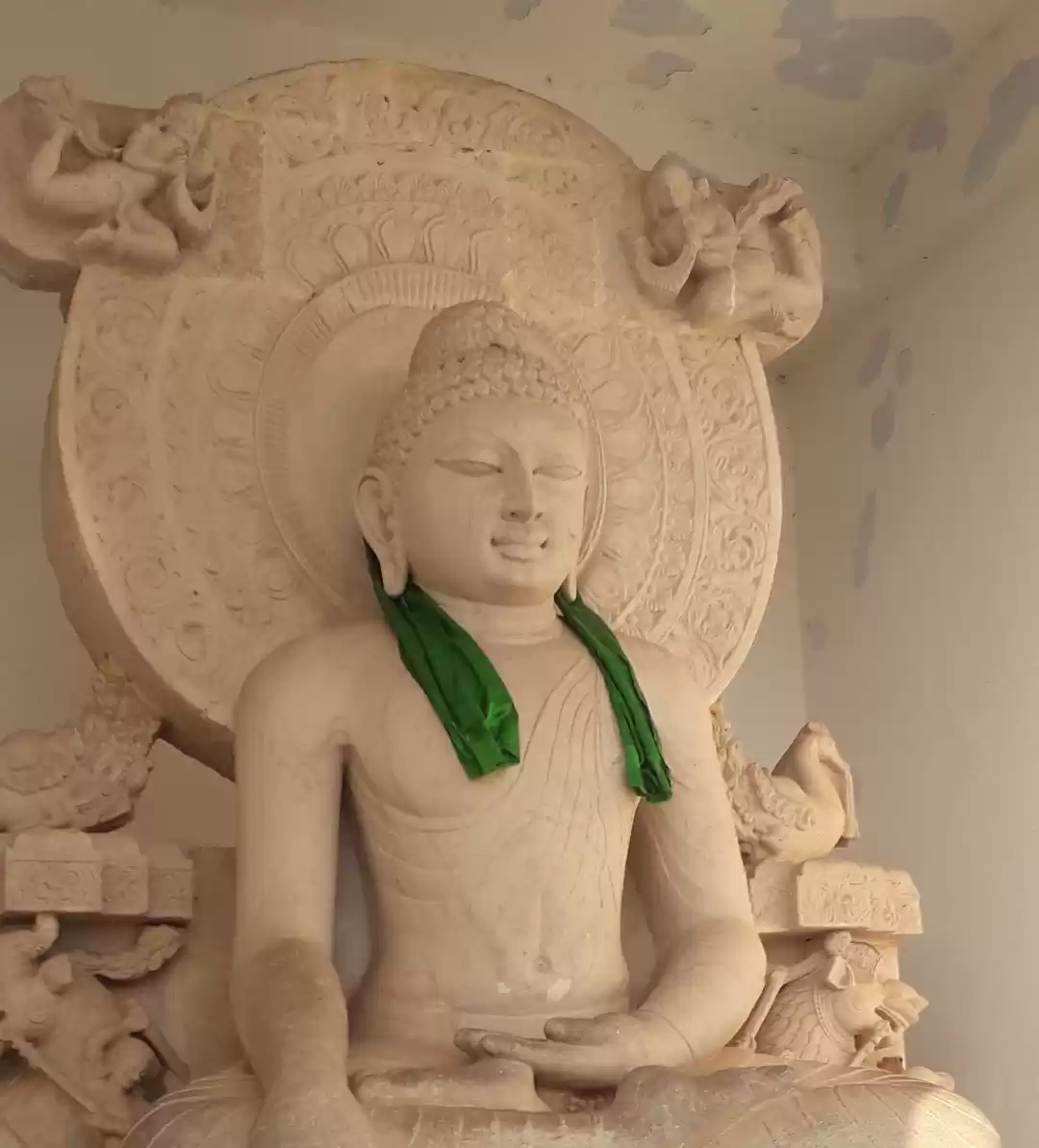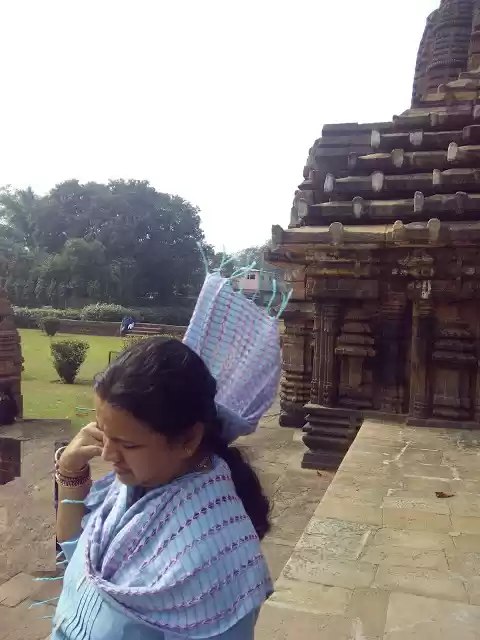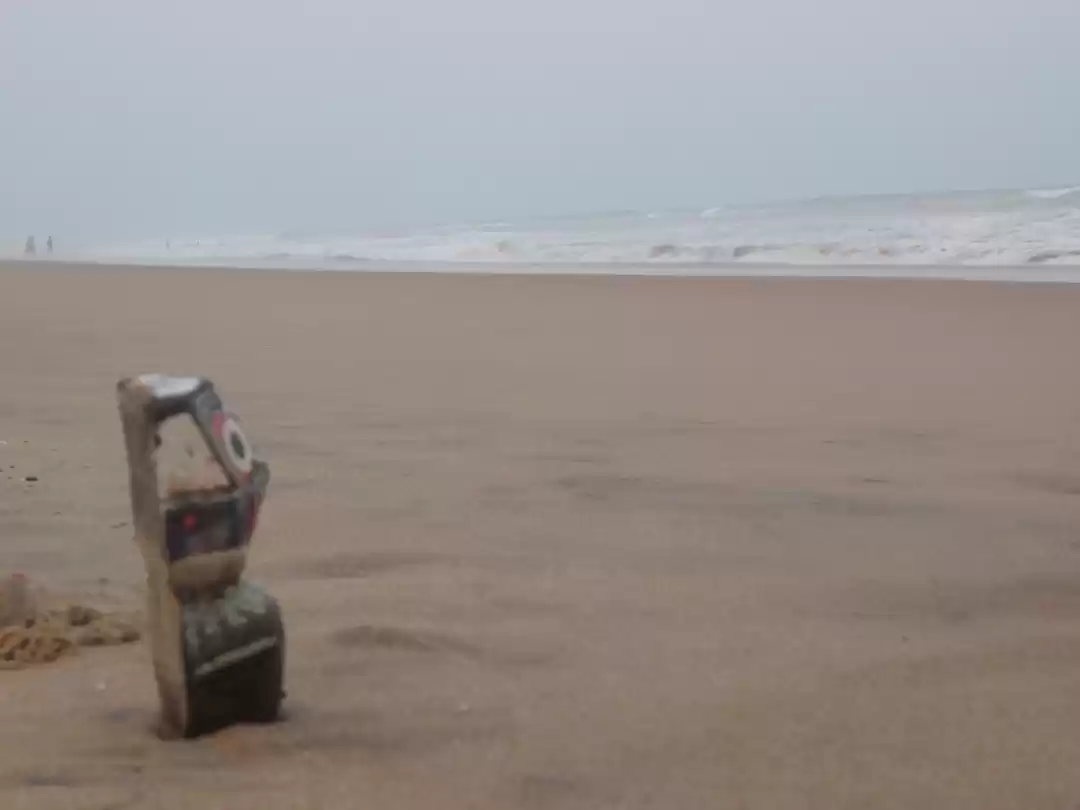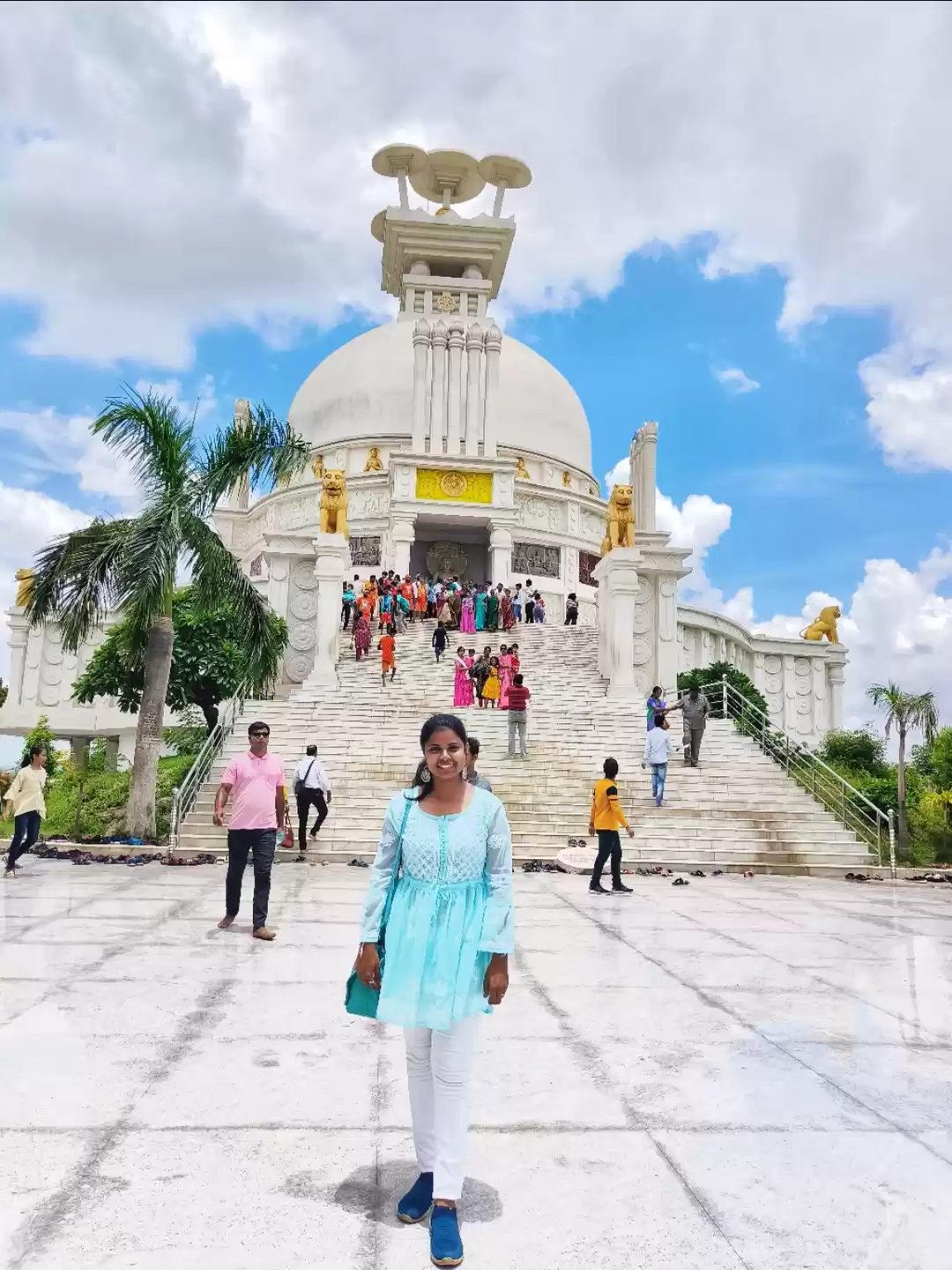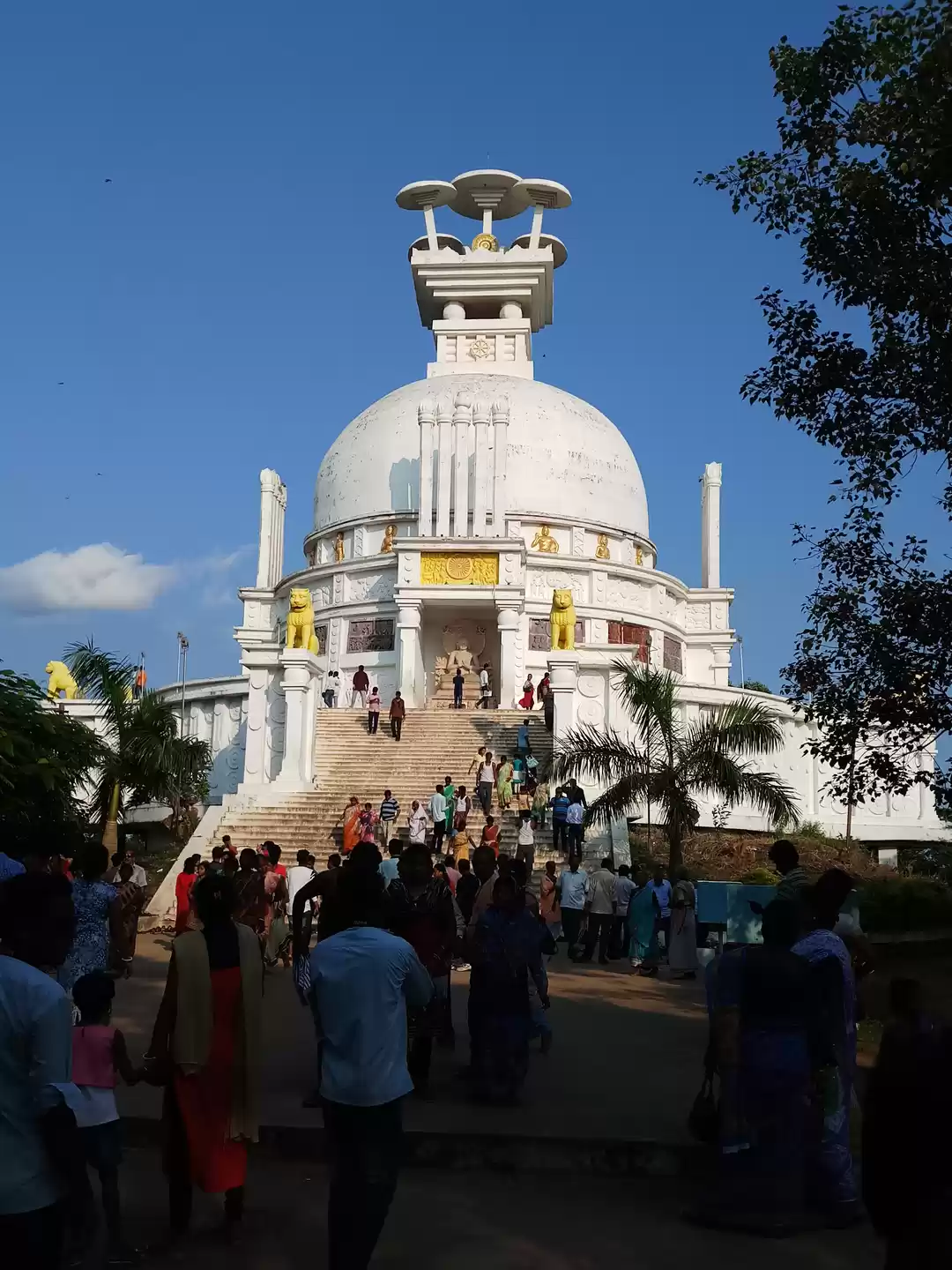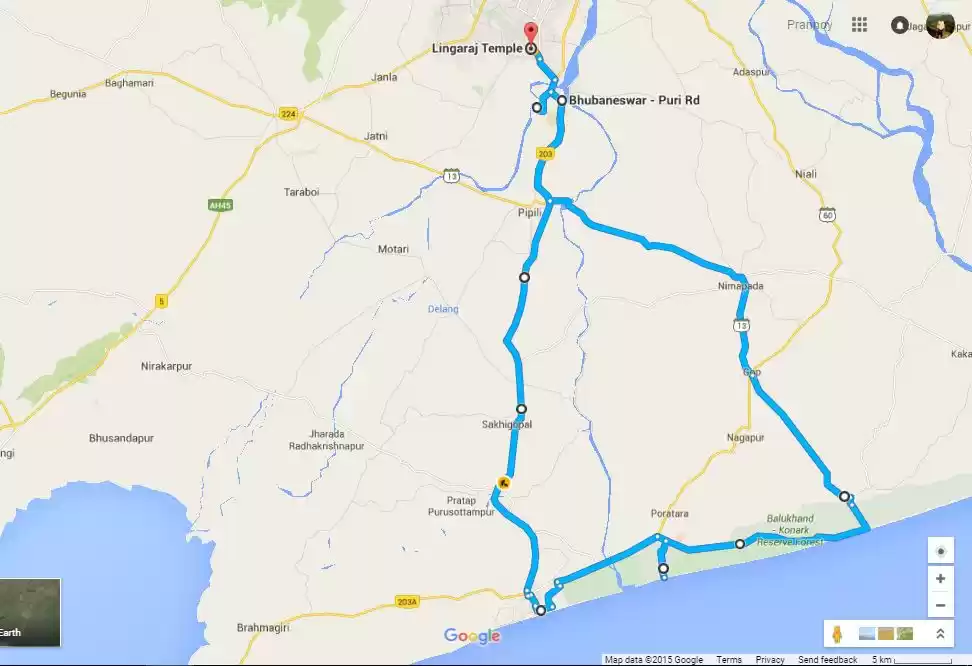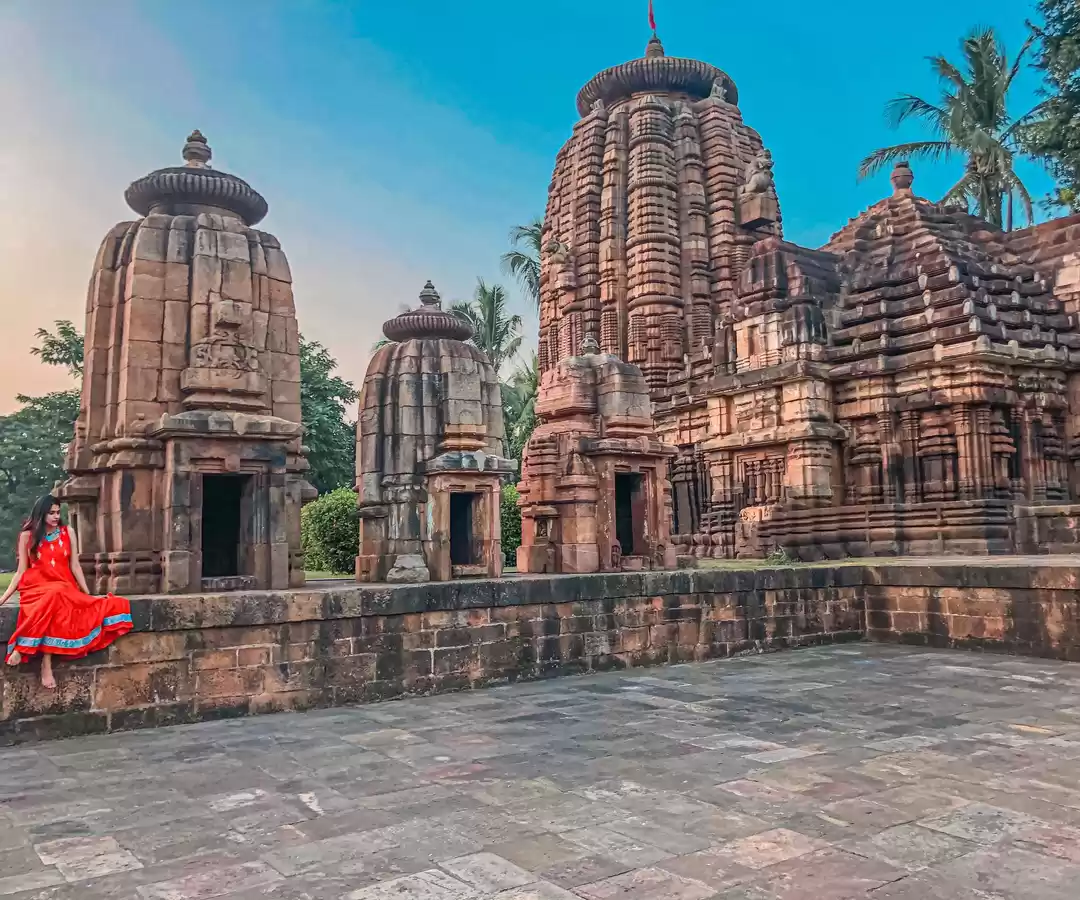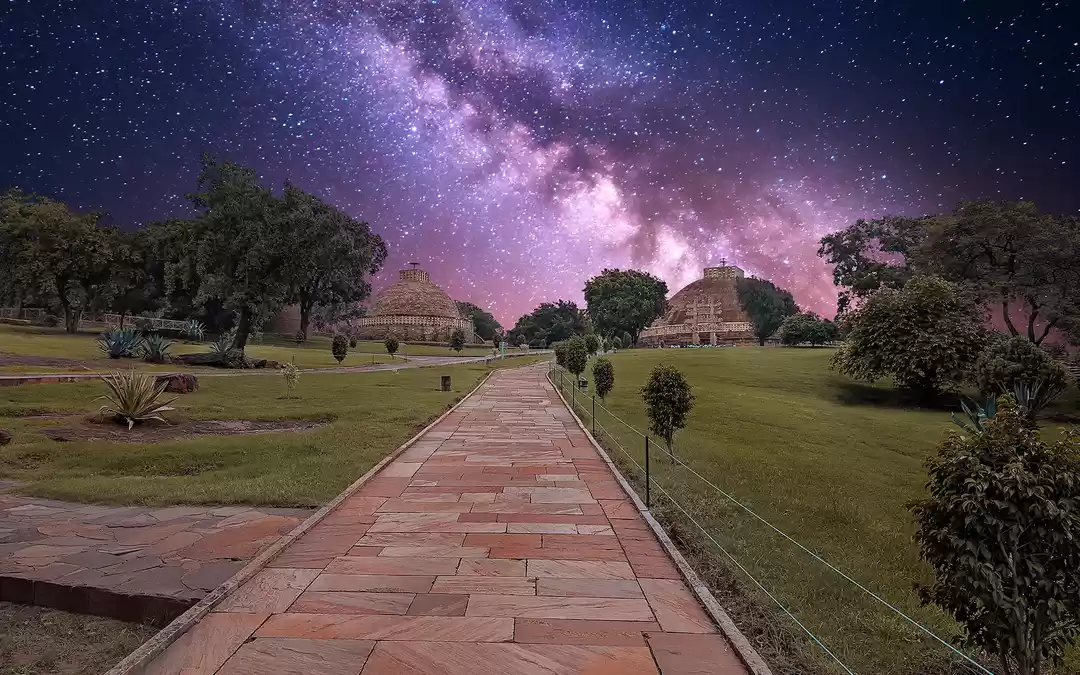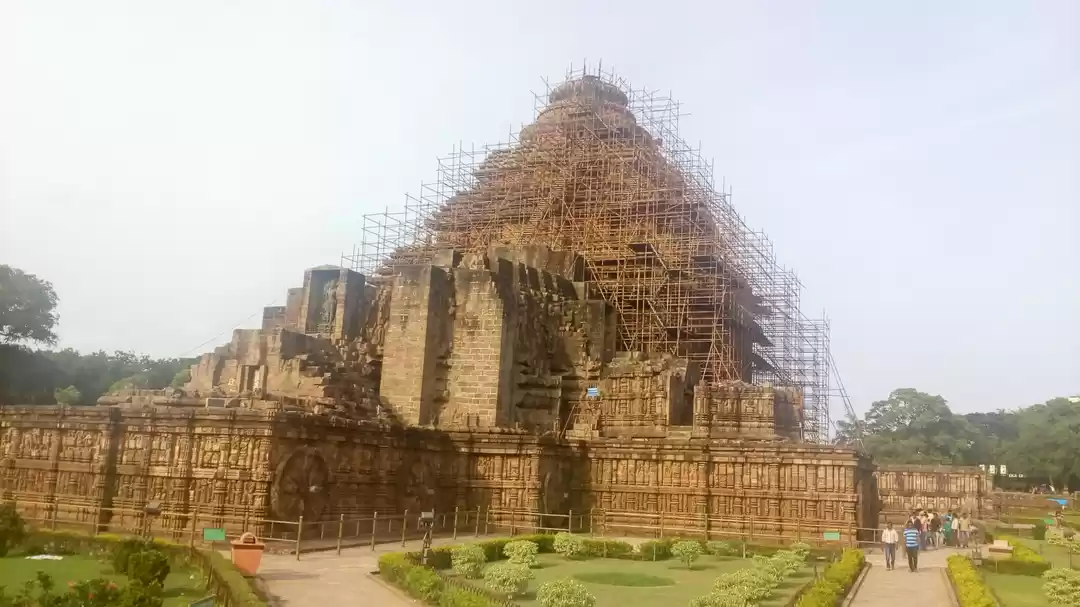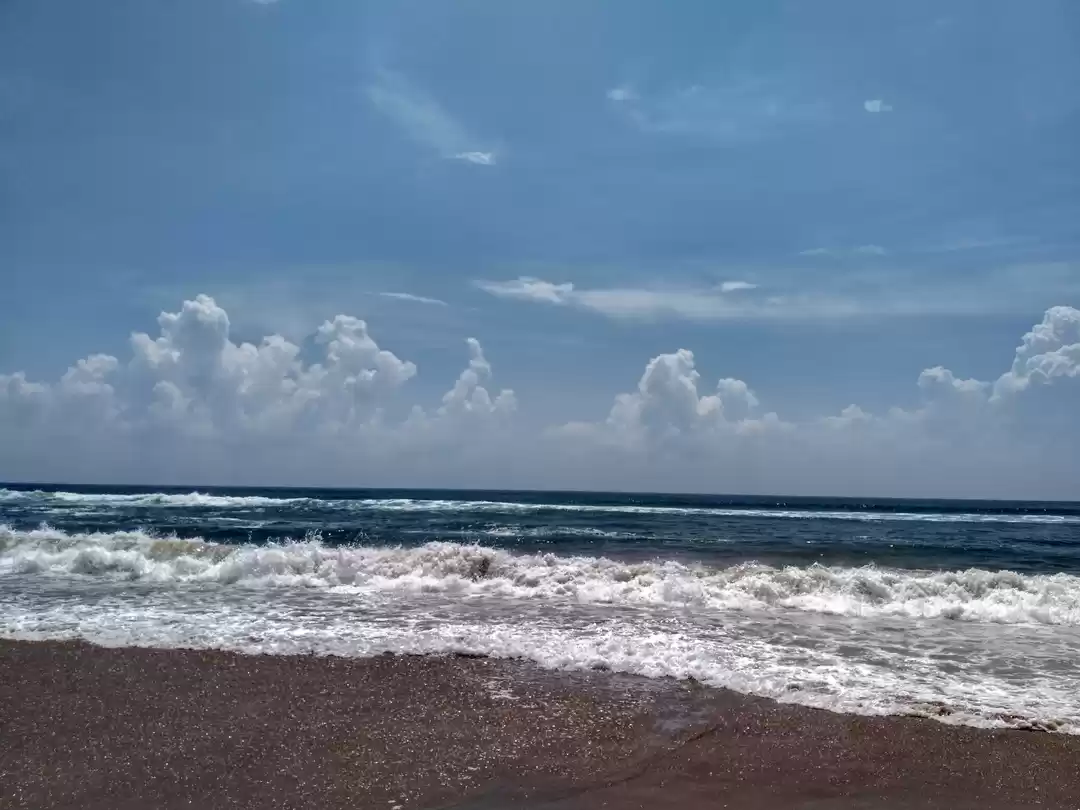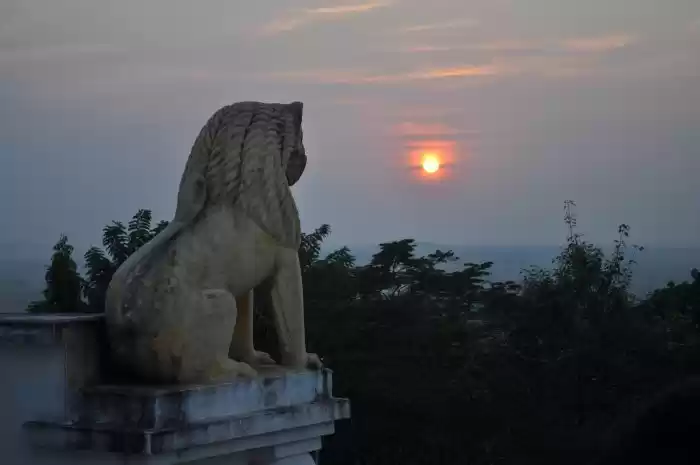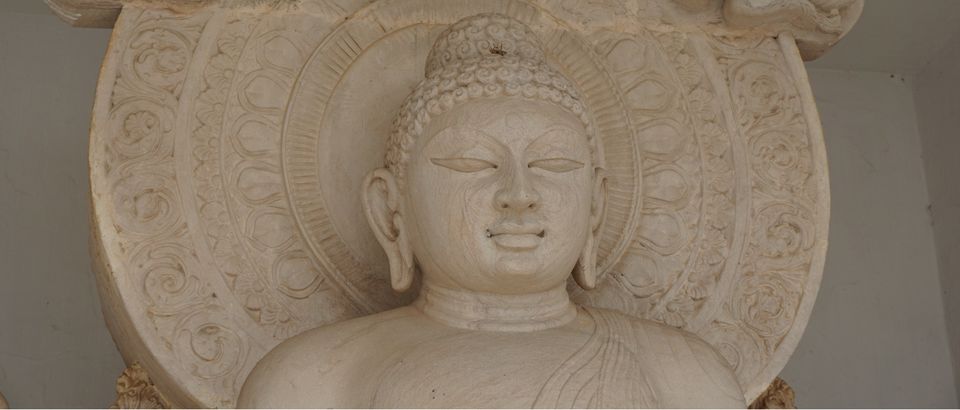
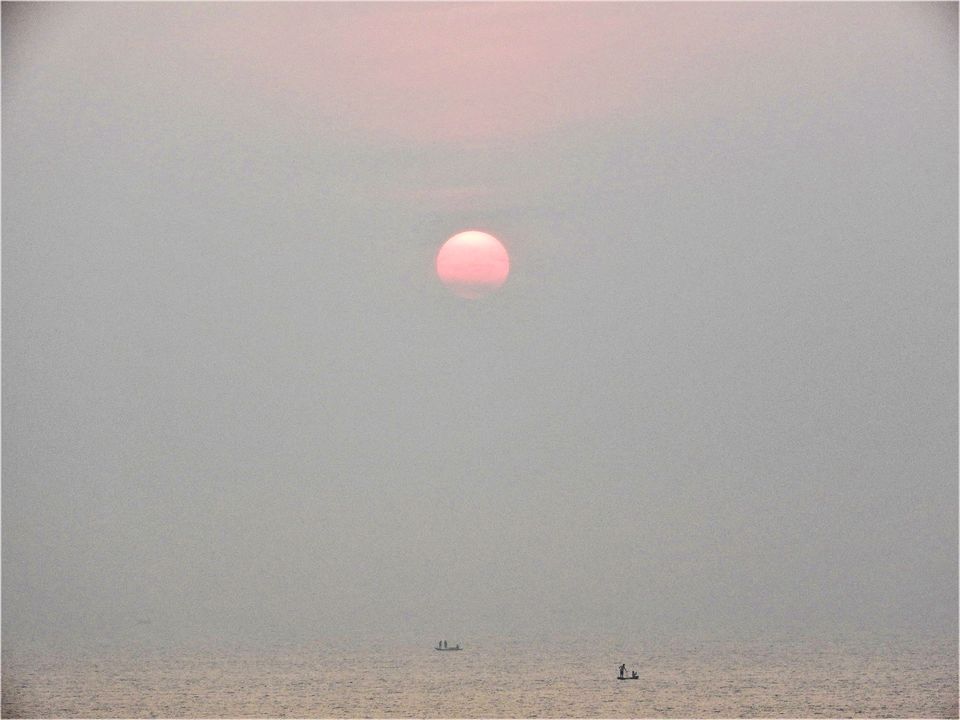
The sun is well above the horizon, but still looks mellow from the misty haze shielding its glare. Probably the prelude to an approaching disturbance from the Bay of Bengal according to satellite images. The fishermen who were up at the first light of dawn are already far out into the sea, their silhouettes small and insignificant against the sea and the sun. Transient, like all life in this world. As I sit on the Puri beach, under the November sky, perhaps, many years ago, a soldier from Ashoka's army, rested on this very beach, to pause and reflect. The great Emperor's army was gathering fifty kilometer's from here, on the banks of Daya river, to fight its last and bloodiest battle. Was this soldier, as he watched, what might be his last sunrise, looking forward to dying a warrior's death or was he one of the battle vary soldiers in the Ashoka's mighty army, who had begun to see the utter waste and loss that every battle brings? Perhaps he had gained an insight into a self-defeating war and the utter futility of bloodshed, long before it would dawn on his great Emperor, who would realize it only after his army had coloured the Daya river red with the blood of Kalinga soldiers. Perhaps on this very beach, several hundred years ago, this soldier had given up arms and returned to his native village to wield the plough. Perhaps he had decided to nurture life, rather than to take it. Or perhaps he gave up arms and went in search of the path laid down by a man, he had heard about. A man who , like Ashoka, had once been a king and had given up everything to become a liberator of souls. Some called him 'Siddhartha', others called him 'Buddha'.
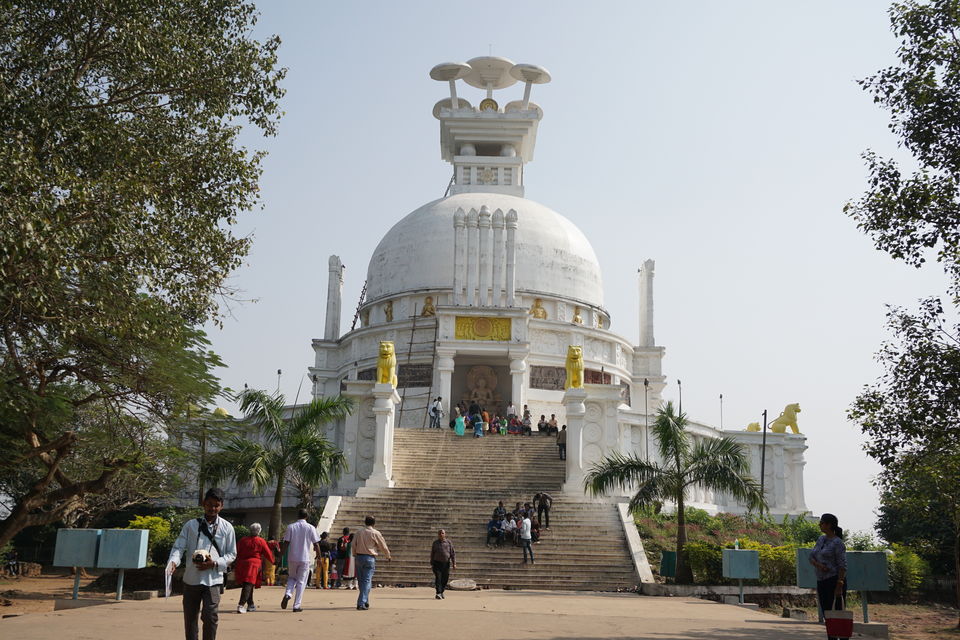
It would take one of the bloodiest battle in the history of the subcontinent and the death of over 100 thousand soldiers for the Great Ashoka, as he reflected upon his image in the bloodied red waters of Daya river, to give up arms, adopt the path of ahinsa and compassion. This violent battle, which ironically helped in spreading the faith of non-violence globally, took place at Dhauligiri, near Bubhaneshwar, the capital of present day Odisha. It was fought between the Mauryan emperor Ashoka and the state of Kalinga (part of present day Odhisha).
A huge peace Pagoda (Buddhist temple, typically in the form of a many-tiered tower) called Shanti Stupa was built at the site of Dhauligiri in 1972 jointly by Japan Buddha Sangh and Kalinga Nippon Buddha Sang to commemorate this event.
A set of Rock Edicts containing eleven out of the well known fourteen Rock Edicts of Ashoka (B.C. 273-236) written in the language of Magadhi Prakrita and the early Brahmi script were discovered here in 1837.
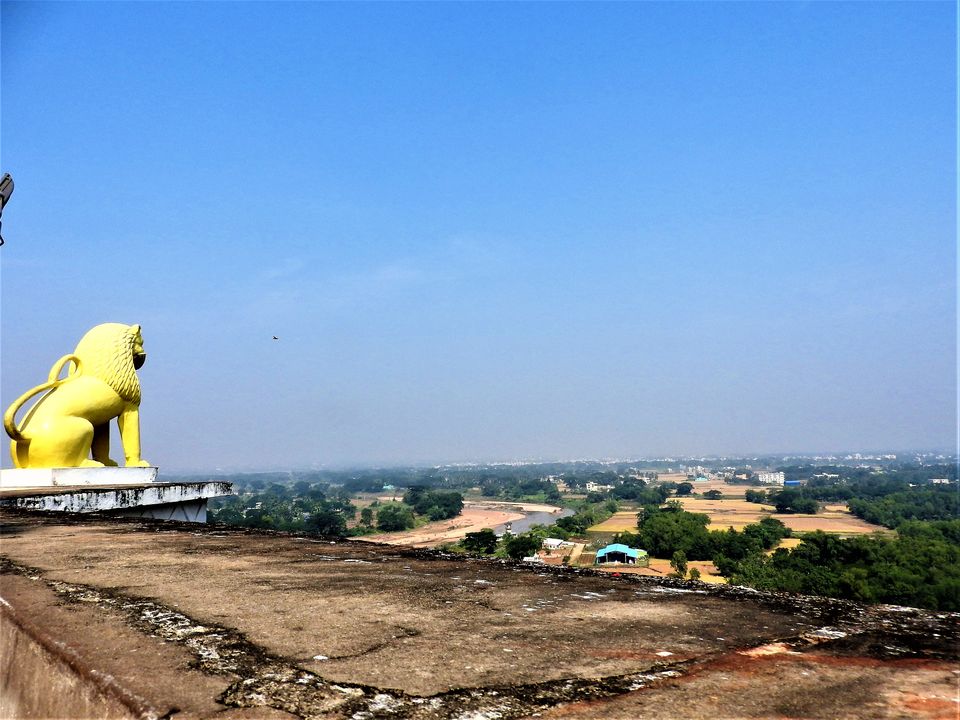
The dome of the Stupa is covered with murals depicting scenes from the aftermath of the great Kalinga war:
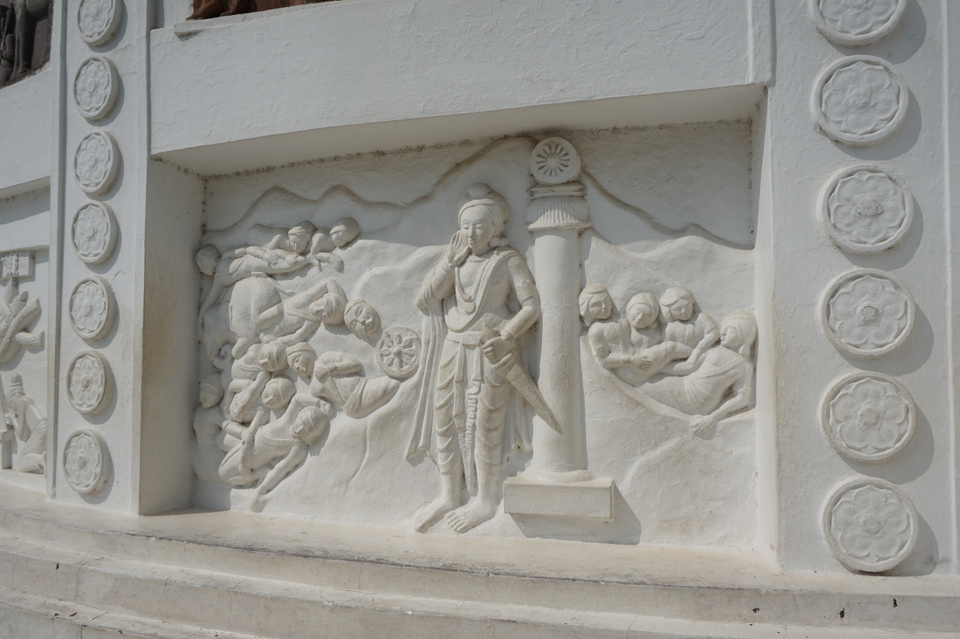
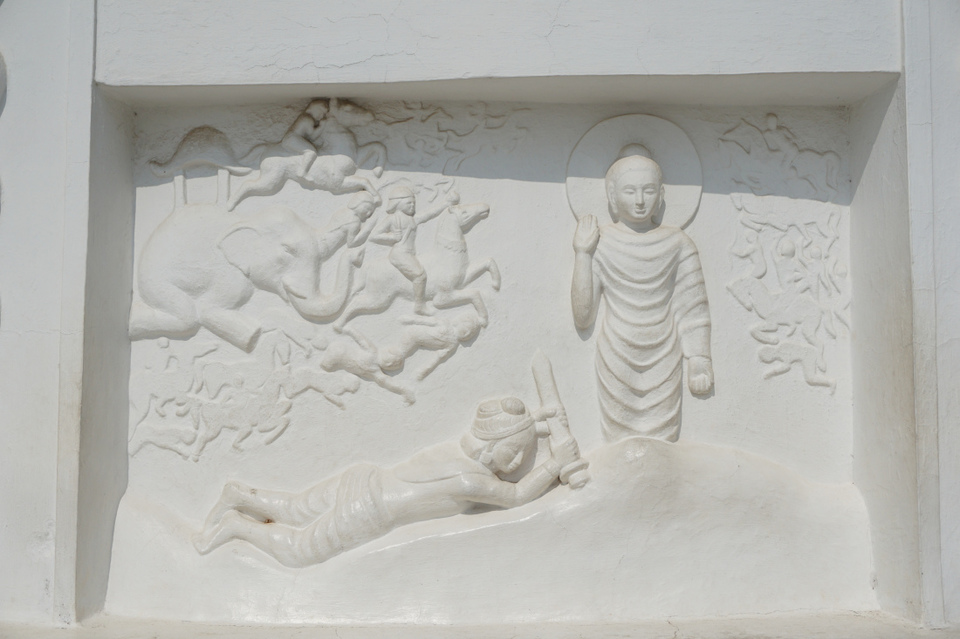
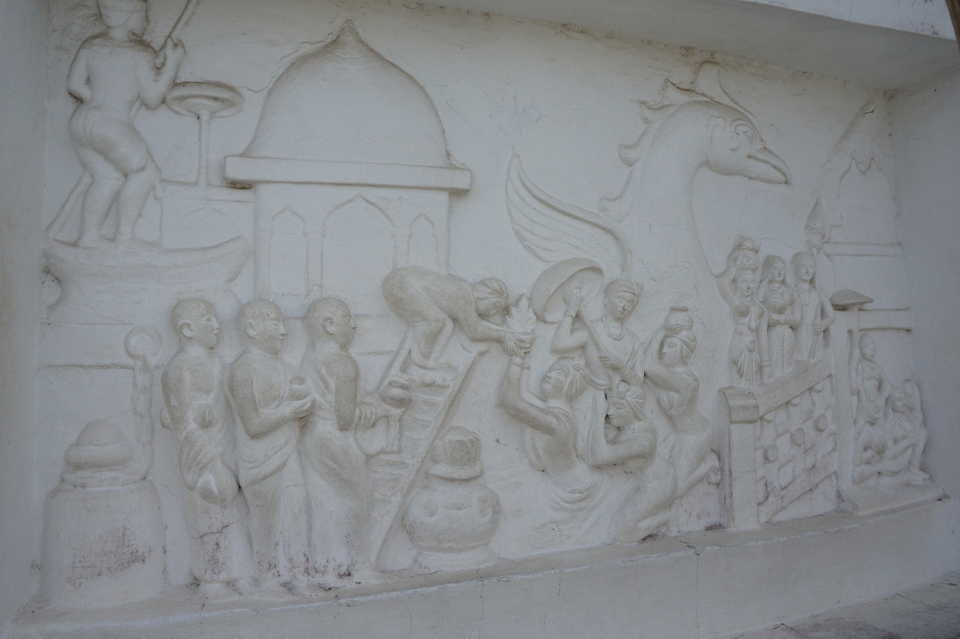
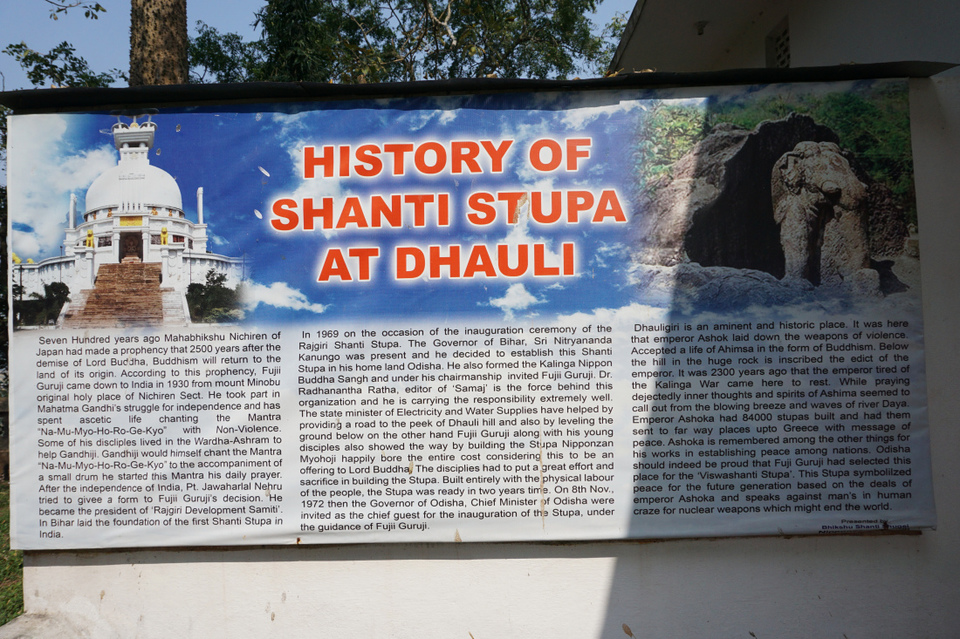
Travel Tips:
Nearest Railway Station is Bubhaneshwar and distance from Railway station to Dhauli is 10 Kms.
Nearest Airport is Bhubaneswar and it is 12 Km from airport.
By road: It is located at a distance of 3 Km from Bhubaneswar - Puri Jaganath Road.
Usually visitors prefer to visit this place for one hour on their journey to Puri or Konark.
Further Reading
Deshpande A. 2013. Buddhist India Rediscovered. Jaico Publication. Mumbai, India
Photo Credits: Rupa and Razi Abdi








